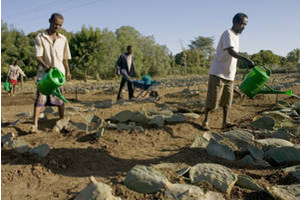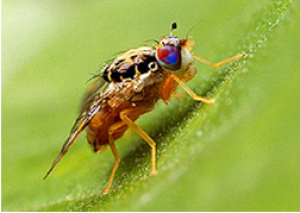|
Bottle Gourd Genome Tracks its Origin and History
Sunday, 2024/04/14 | 06:58:44
|
|
A team of researchers from the Boyce Thompson Institute (BTI) and the United States Department of Agriculture (USDA) has uncovered new details about the origins and spread of the bottle gourd, one of the oldest domesticated crops. This research unveils the genetic diversification and population history of this hard-shelled plant used to make bottles, instruments, and containers for over 10,000 years by ancient civilizations.
The researchers generated a comprehensive map of bottle gourd's genome variation, analyzing the genomes of 197 varieties from around the world. This genetic blueprint showed the plant's domestication in Southern Africa around 12,000 years ago and its subsequent spread to the Americas and Eurasia. The demographic analyses suggest that after its origin in Africa, the bottle gourd made its way to the New World via the Atlantic drift and to Eurasia through early human farmers in the Holocene.
The identification of genomic regions in bottle gourd associated with disease resistance and stress tolerance suggests potential pathways for breeding more resilient and productive varieties of bottle gourd and other crops. “The bottle gourd variation map and pangenome that we created provide valuable resources for future functional studies and genomics-assisted breeding,” said Professor Zhangjun Fei, the study's lead author.
For more details, read the article on the BTI website.
See https://www.isaaa.org/kc/cropbiotechupdate/article/default.asp?ID=20761 |
|
|
|
[ Other News ]___________________________________________________
|


 Curently online :
Curently online :
 Total visitors :
Total visitors :



















